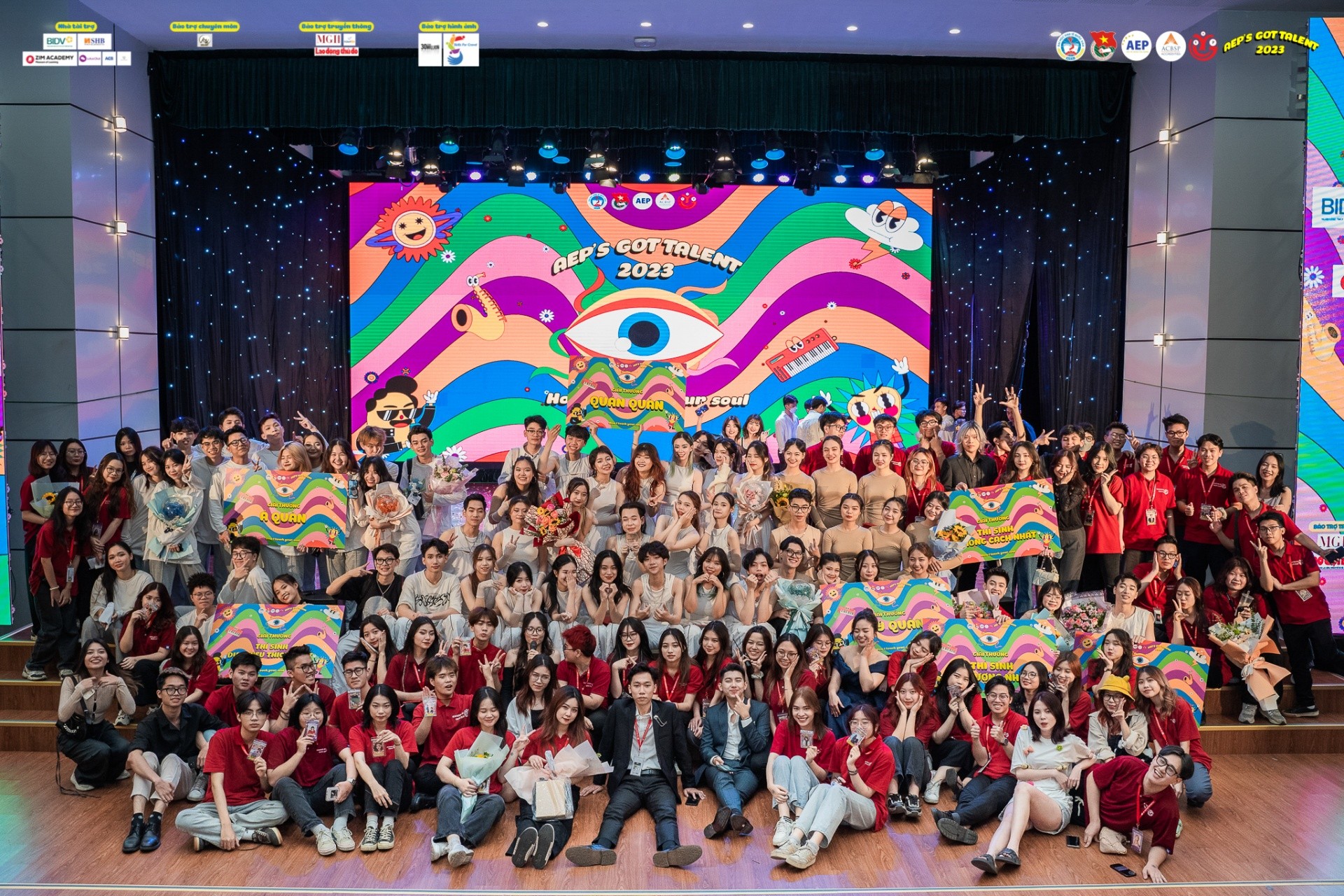At some point in life, everyone stands amidst difficult choices about their own lives. At a certain stage, we often ask ourselves "Who am I?", "What are my abilities?", "What should I do?". An identity crisis can happen to anyone. So, what is an identity crisis? Let's explore the article below with MGI Magazine.
Definition of identity crisis
According to the sociology dictionary edited by Ritzer (2005), identity refers to the words used as an identity that humans assign to the objects around them during their interactions with other individuals, as well as the process of directing their behaviors, attitudes, and thoughts towards the social world outside themselves. The interaction between people or between people and objects is a part of their world, and a crucial principle of interaction is identifying the identity of the participating entities. In other words, our identity is determined by our connection to the environment around us, but also by looking deep inside ourselves.
An identity crisis occurs when we cannot answer the questions "Who am I?" or "What are my strengths and abilities?" To describe this state, psychologist, and psychotherapist Erik Erikson developed a chart depicting the various stages of identity development. According to Erikson, the identity crisis often occurs in stage 5, "Identity vs. Confusion." When we are young, we are often guided and protected by our parents. However, when we reach the "escape hatch" stage, we often feel bewildered and overwhelmed by life. Children gradually experiment with different roles, activities, and behaviors to determine a sense of self. They face right and wrong, prejudice, and cultural and social norms. This stage is even considered by some sources to last until the age of 20-30. For other sources, the phrase "identity crisis" is used to describe any stage where a person asks questions about themselves. By the end of this stage, people will gradually find themselves, identify a solid self, and no longer be confused about their identity.

Challenges of not addressing identity crisis
In essence, experiencing an identity crisis may not directly cause illnesses such as the flu or as severe as tuberculosis. However, it is the root cause of illnesses such as depression. That is why in some countries, this symptom is not receiving enough attention. According to WHO statistics, only in the West Pacific region, over 100 million people are suffering from mental health disorders.
For the younger generation, especially Gen Z, awareness of mental health issues has not yet been given top priority, although it has received more attention.
Methods to reduce identity crisis stress
Normalizing identity crisis
The first thing to do is to feel that identity crisis is normal. Being rejected from 20-30 places, feeling lost in the first days of work? That's normal. Feeling uncertain about your dress code? How long should a dress be or how short is enough? This is a concern not only for one person. Am I male or female or am I part of the LGBT community? ... All questions and challenges in life are part of maturity. In addition, look beyond the glamor of gossip stories or social media "gold medal" achievements. Behind the "sparkle" and "glitter" are endless efforts and many rejections.

Experience different things
The first thing is not to deny the advice of those around you. However, there are things that a person will only understand when they truly experience them. So, if it is not illegal or harmful to others, what should be done is to try it out. Experiences not only bring memories, but also a process of experimentation and learning, selection to create a personal identity. After experimenting, choose the appropriate identity to create your own unique color.
Seek help
If you are truly struggling and unable to solve it, seeking out a friend, mentor, or a psychologist is necessary.












